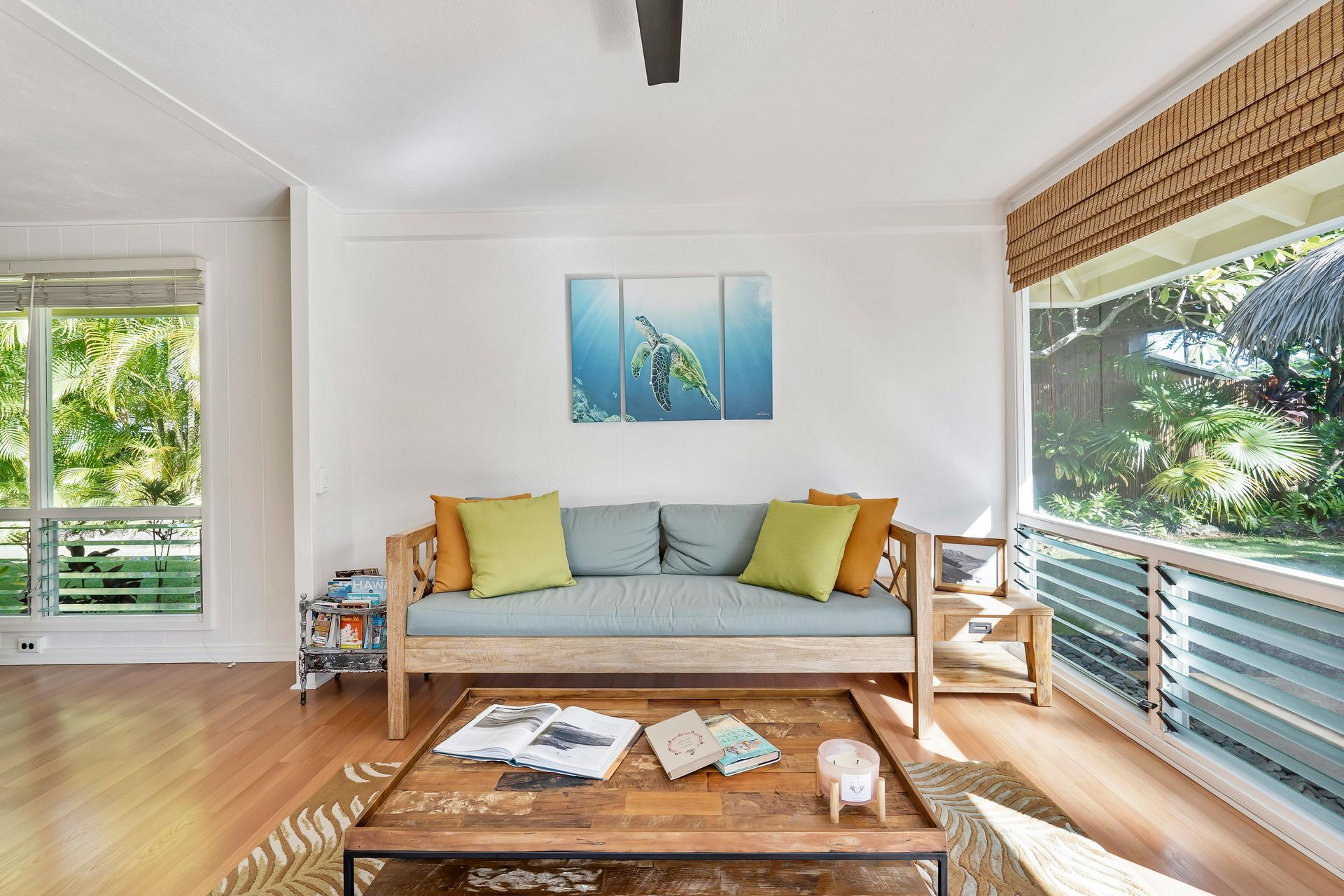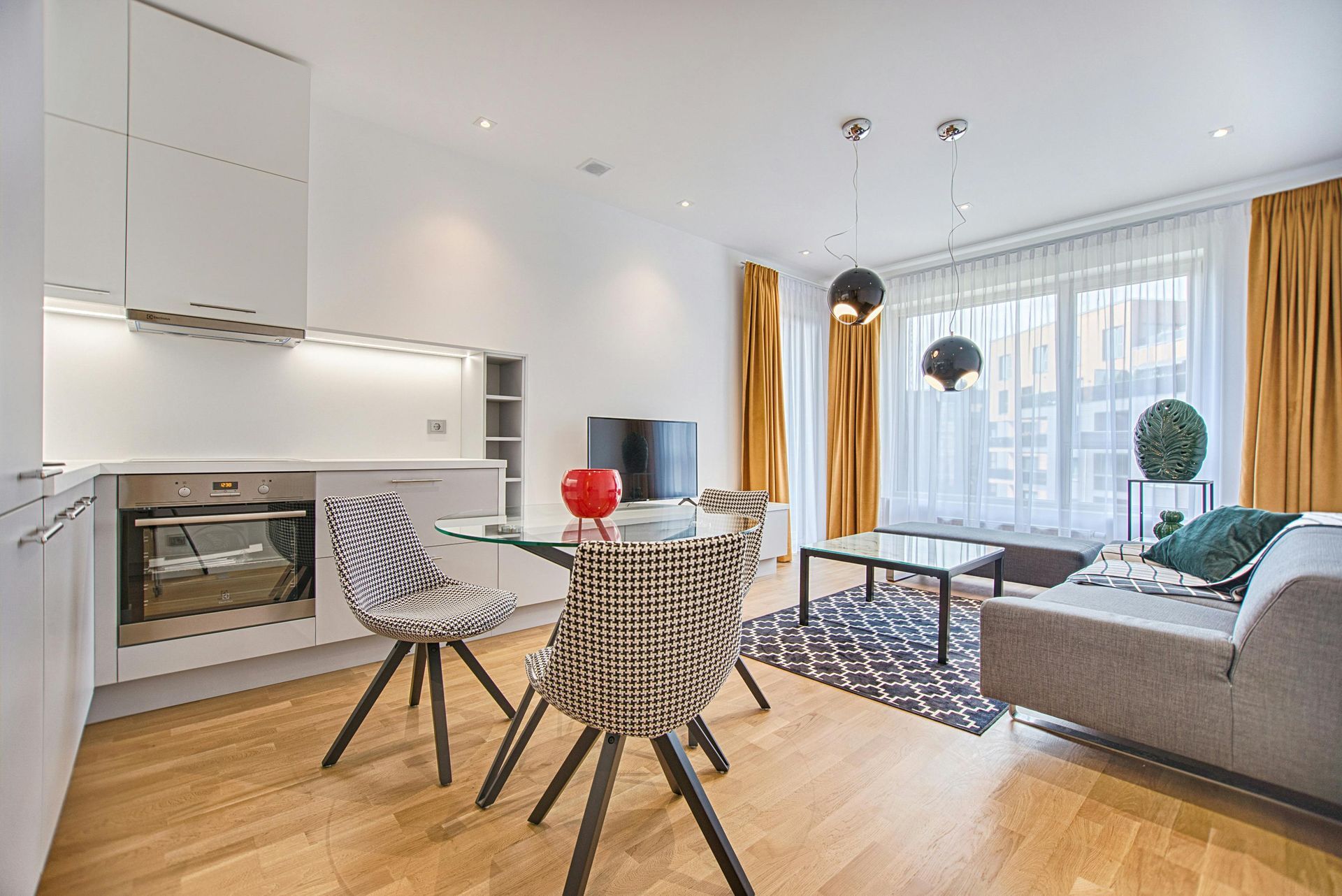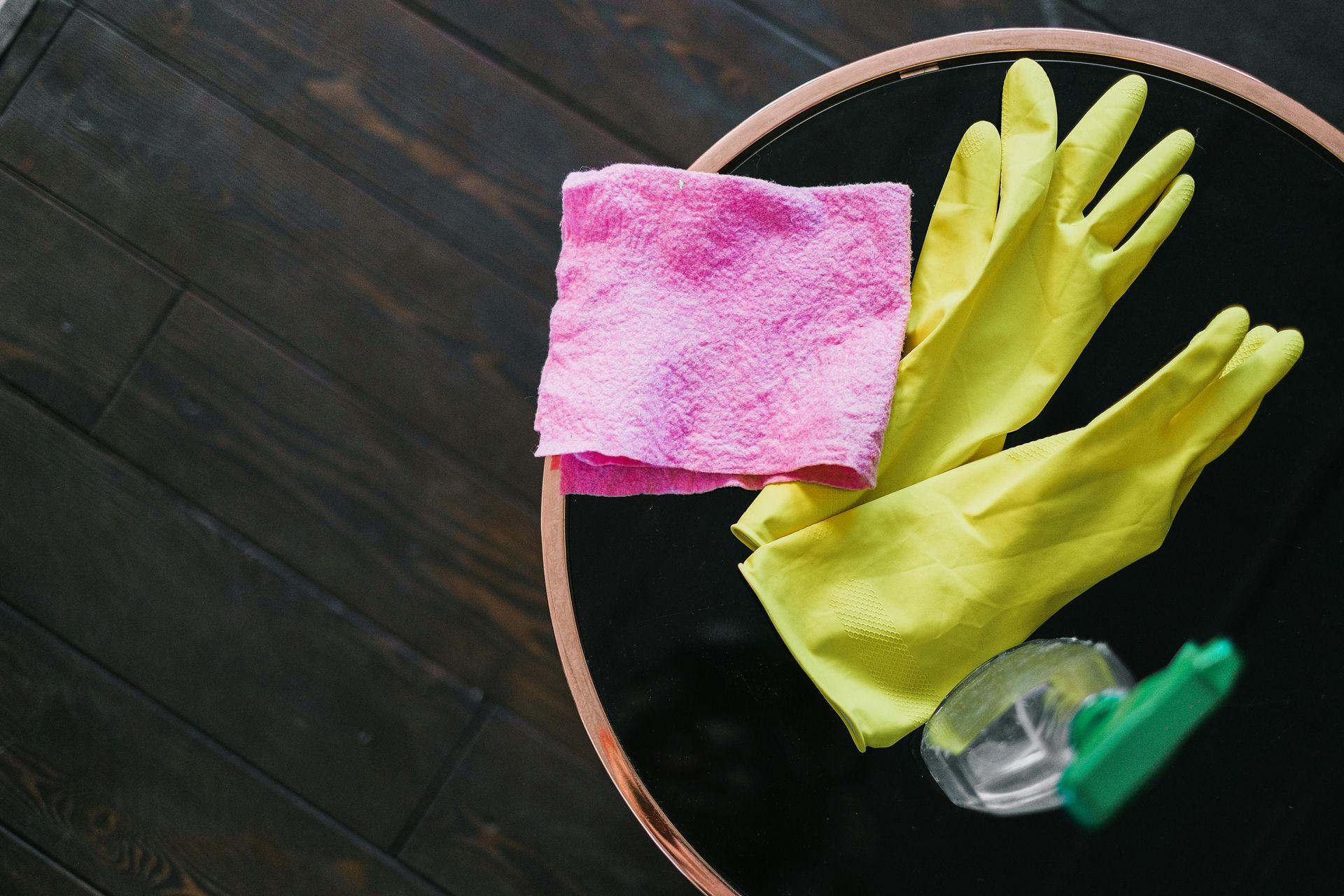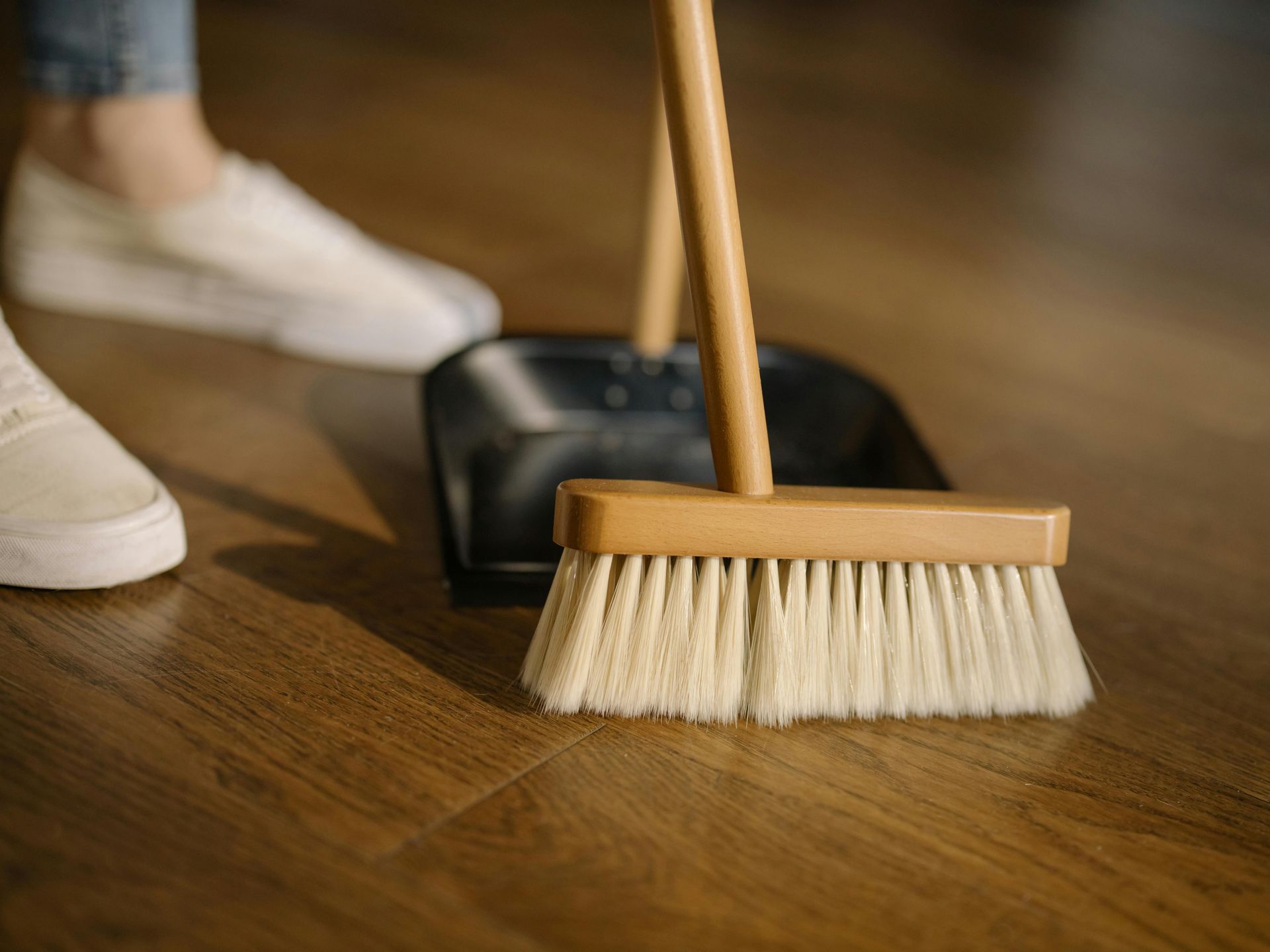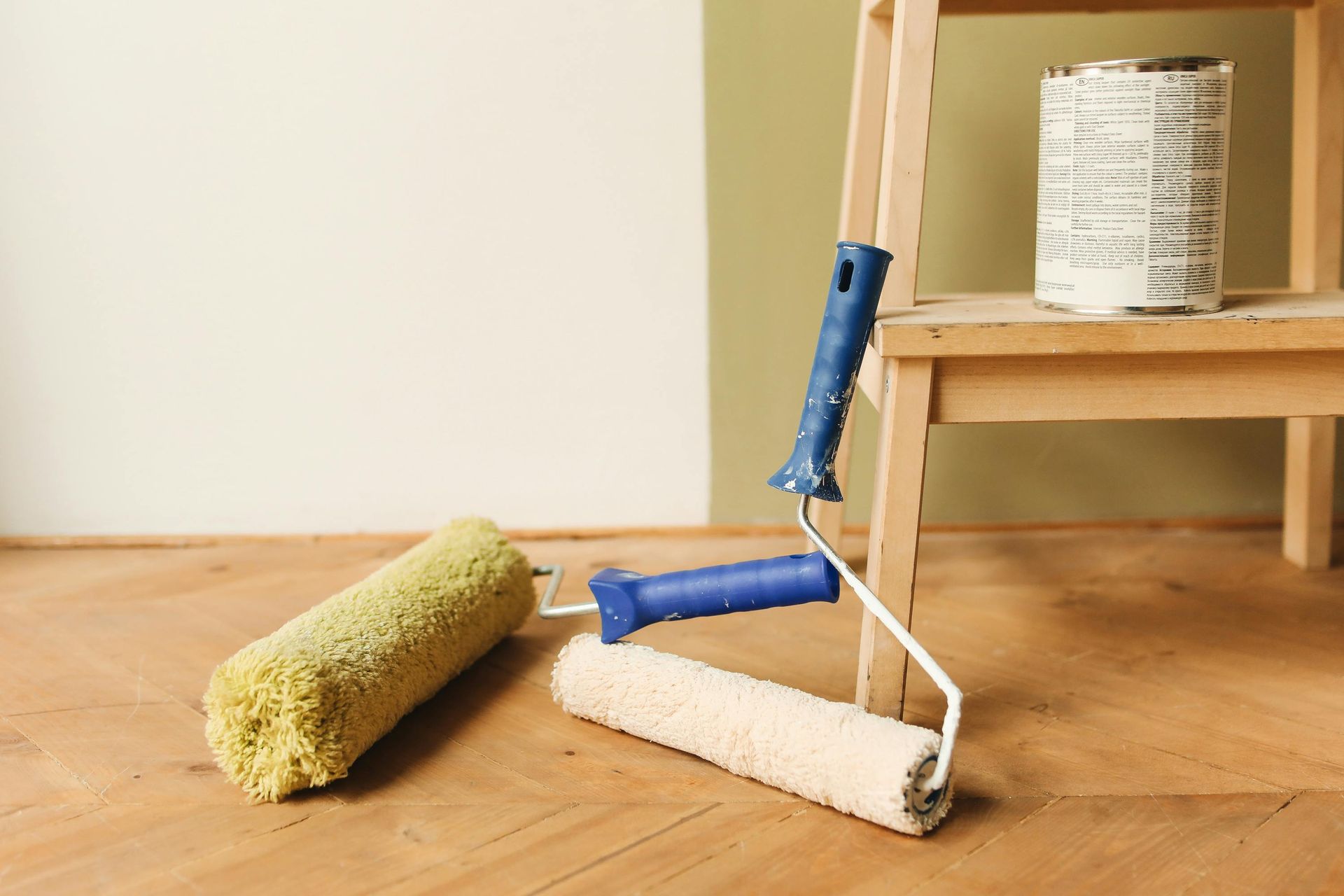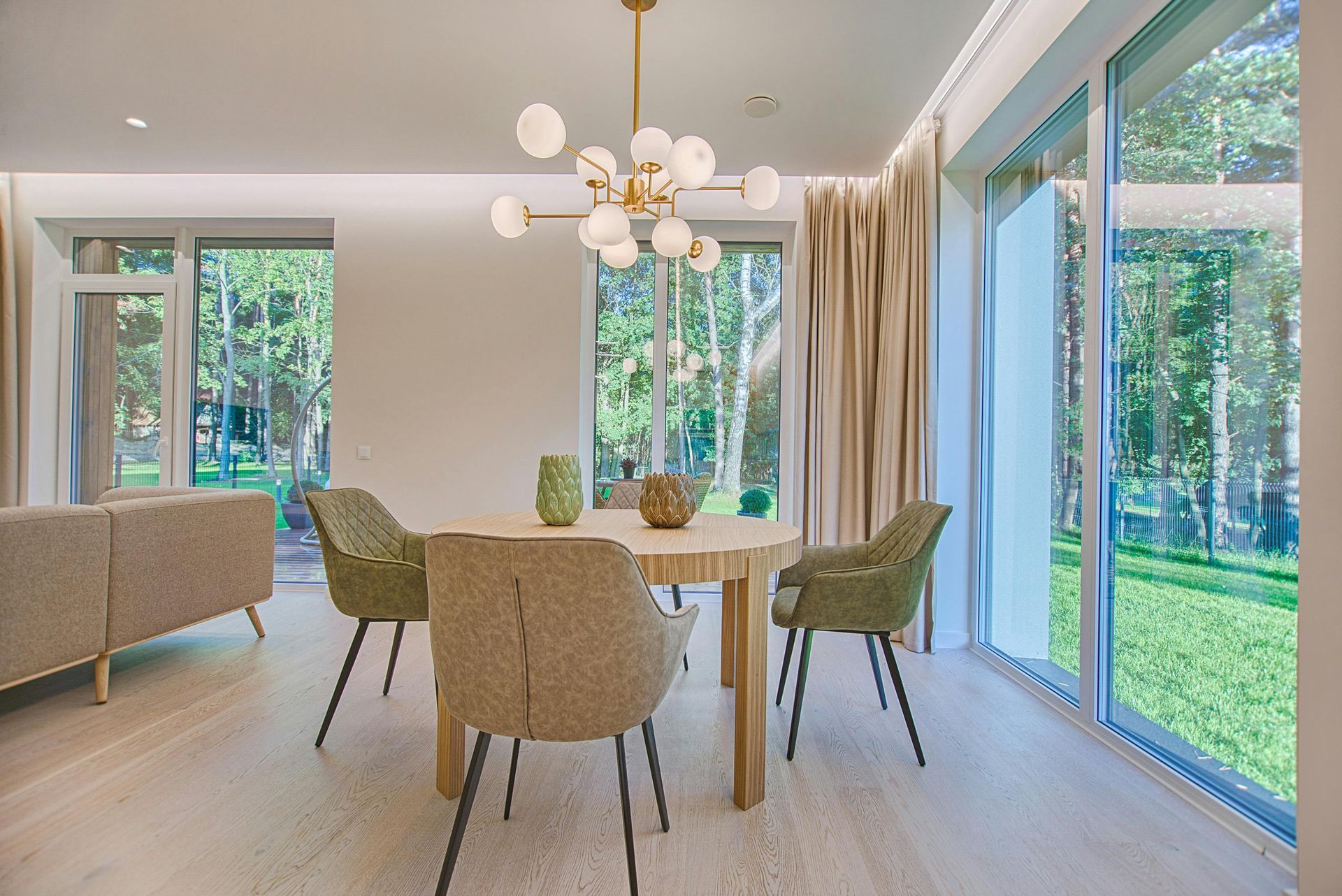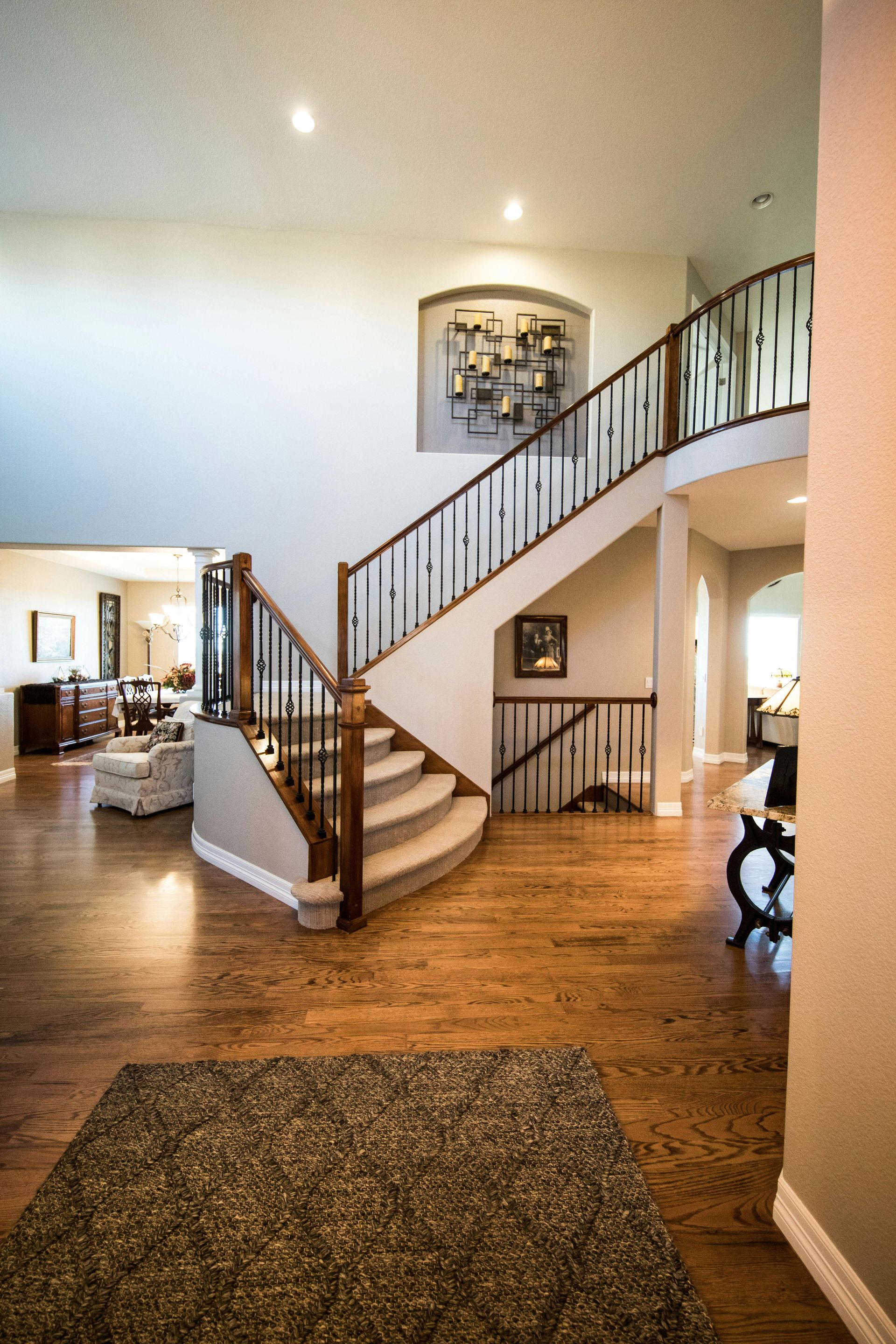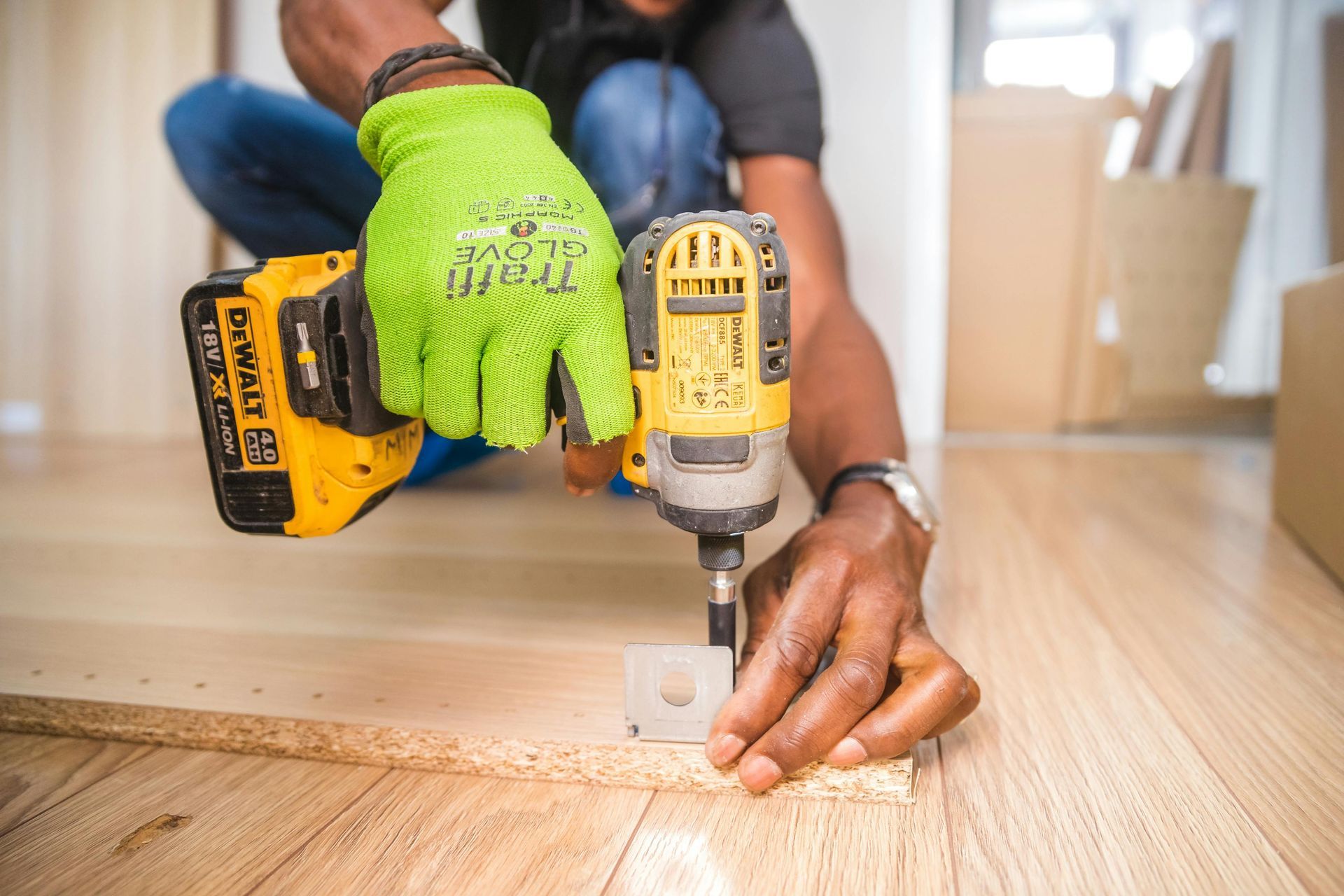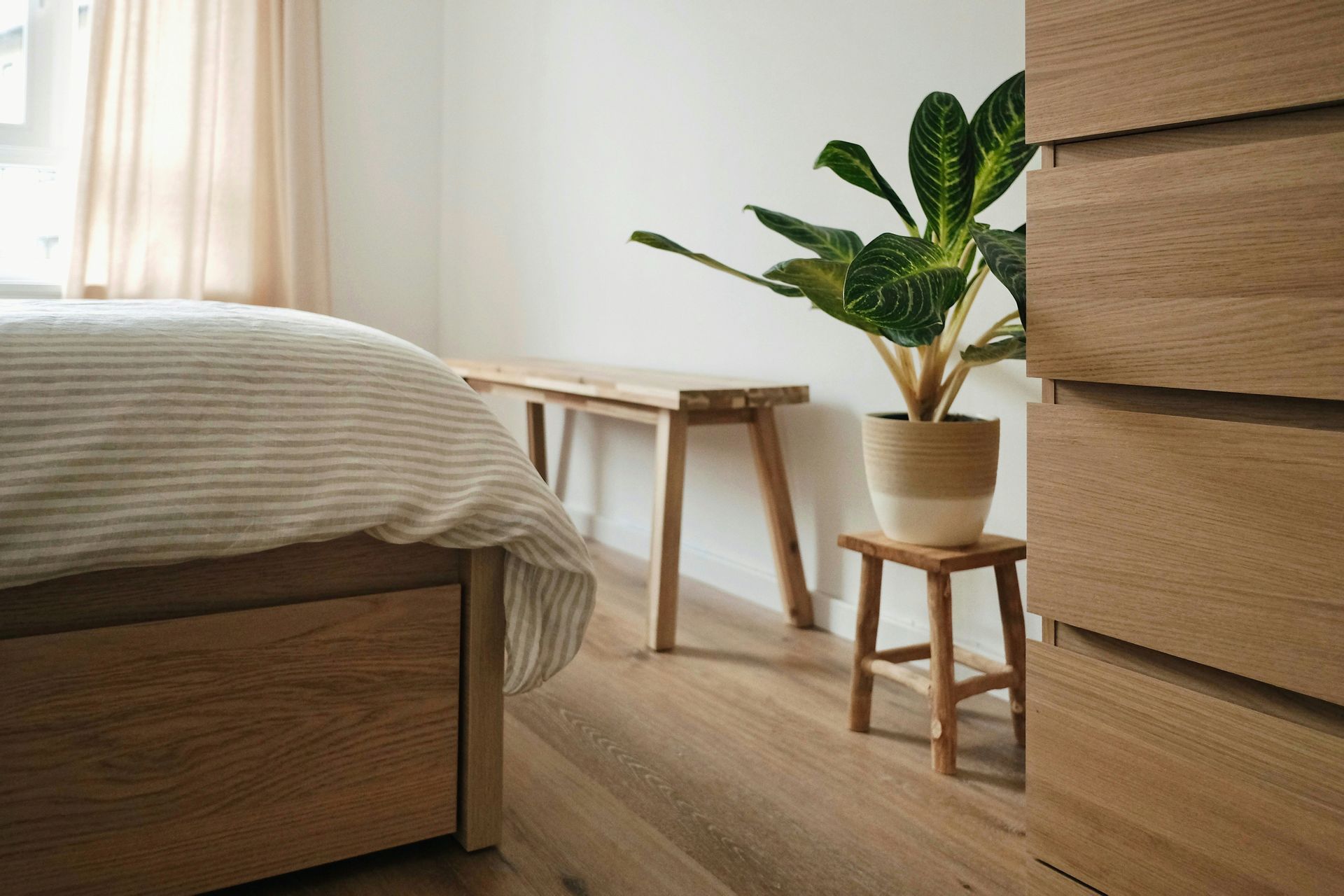Wood Floor Damage: 5 Main Causes & Prevention Tips
Wood floors offer warmth, elegance, and durability, making them a popular choice for homeowners. However, they are not immune to damage. Everyday wear, environmental factors, and even cleaning habits can contribute to the gradual breakdown of installed hardwood flooring. To preserve your floor's beauty and extend its life, it's essential to understand the most common causes of damage and how to prevent them.
Wood flooring represents a significant investment in your home, often increasing property value and aesthetic appeal. The average hardwood floor can last 100 years or more with proper care, but neglect can reduce this lifespan to just 25-30 years. Understanding vulnerability points and addressing them proactively makes all the difference.
In this article, we outline the top five causes of wood floor damage and provide effective tips to avoid untimely repair.
Key Takeaways
- Moisture is one of the most common and harmful enemies of wood floors
- Scratches and dents often result from furniture and foot traffic
- Poor cleaning practices can degrade finishes and expose wood
- Sunlight can fade and discolor wood over time
- Seasonal changes in humidity cause expansion and contraction
- Regular maintenance and preventive steps can extend floor life
1. Moisture and Water Damage
The Problem
Wood is a porous material that absorbs moisture. Prolonged exposure to water or high humidity can lead to swelling, cupping, buckling, and mold growth. Common sources include plumbing leaks, spills, wet mopping, and even excessive indoor humidity.
Water damage can occur gradually or suddenly. A slow leak under a refrigerator may go unnoticed for weeks while causing significant damage. Wood's cellular structure makes it hygroscopic: it absorbs or releases moisture to match the surrounding environment. When wood absorbs too much moisture, the fibers swell, causing boards to push against each other and resulting in visible buckling or cupping.
Signs of Water Damage
- Warping or cupping of floorboards
- Discoloration or dark spots
- Musty odors indicating mold
- Separation between boards
- Soft or spongy areas when walking
- Finish deterioration or peeling
Prevention Tips
- Clean up spills immediately with absorbent cloths
- Use mats in entryways and near sinks
- Avoid wet mops or steam cleaners—use only damp microfiber mops
- Maintain indoor humidity between 35% and 55% using humidifiers in winter and dehumidifiers in summer
- Inspect plumbing and appliances regularly
- Install water sensors near washing machines and dishwashers
- Ensure proper vapor barriers during installation
Table: Moisture Sources and Solutions
| Source | Prevention Tip |
|---|---|
| Spills | Wipe up promptly with dry cloth |
| Leaks | Check pipes and HVAC systems; install water sensors |
| Humidity | Use dehumidifiers in summer, humidifiers in winter |
| Mopping | Use a damp, not wet, microfiber mop |
| Potted Plants | Always use waterproof trays underneath |
2. Scratches and Dents
The Problem
Scratches and dents are often caused by daily wear, pets, furniture, or high heels. Over time, these marks damage the finish and can gouge into the wood. The finish acts as a protective shield: once scratched through, exposed wood becomes vulnerable to moisture, staining, and further deterioration.
Different wood species have varying hardness levels, measured on the Janka scale. Red oak scores 1,290, while Brazilian walnut reaches 3,680. Softer woods like pine (690) dent more easily, but finish quality matters more than wood hardness for surface protection.
Common Causes
- Dragging furniture across floors
- Pet nails clicking and scratching
- Small rocks or debris tracked inside
- High-heeled shoes
- Grit and dirt acting as abrasives
Prevention Tips
- Use felt pads on furniture legs and replace every 3-6 months
- Keep pet nails trimmed—you shouldn't hear clicking
- Use rugs in high-traffic areas
- Establish a shoes-off policy at the door
- Sweep or vacuum daily to remove abrasive grit
- Lift furniture when rearranging, never drag
- Use wide coasters under heavy items like pianos
Repair Options by Severity
- Light scratches: Use color-matched wood markers or wax fill sticks designed for your finish type.
- Medium scratches: Require light sanding with 220-grit paper and spot finish application.
- Deep gouges: Need wood filler, sanding, staining, and professional refinishing for seamless results.
3. Poor Cleaning Habits
The Problem
Not all cleaning methods are floor-friendly. Harsh chemicals, abrasive tools, and too much water can damage the protective finish and expose the wood underneath. Many believe stronger cleaners work better, but aggressive products strip finishes and accelerate wear.
The finish type determines appropriate cleaning methods. Oil-based polyurethane, water-based polyurethane, wax finishes, and penetrating sealers each require different care. Using incompatible products causes cloudiness, streaking, or finish failure.
Common Cleaning Mistakes
- Using vinegar or ammonia-based cleaners that break down finishes
- Excessive water that seeps between boards
- Applying steam mops that introduce heat and moisture
- Using all-purpose cleaners not formulated for wood
- Employing rough brushes or abrasive pads
- Skipping regular maintenance and allowing buildup
Prevention Tips
- Use cleaners specifically made for hardwood floors
- Sweep or vacuum with soft-bristle attachments daily in high-traffic areas
- Damp mop weekly with pH-neutral cleaner, spraying on the mop head and not the floor
- Work in the direction of the wood grain
- Ensure floors dry within 2-3 minutes
- Avoid products promising "polish" or "shine," which usually build up and attract dirt
Maintenance Schedule
- Daily: Sweep or vacuum high-traffic areas
- Weekly: Damp mop with hardwood-specific cleaner
- Every 3-5 years: Screen and recoat to refresh the protective layer without full sanding
Maintaining a gentle yet consistent cleaning routine can greatly prolong your floor's life.
4. Sunlight and UV Exposure
The Problem
Prolonged exposure to sunlight can lead to fading, discoloration, and uneven aging of your wood flooring. This damage is often irreversible and more noticeable in areas near windows or doors. UV rays break down chemical bonds in wood and finish, causing color changes that vary by species—cherry darkens, maple lightens, and walnut fades.
Beyond color changes, UV exposure degrades the finish itself, making it brittle and prone to cracking. This reduces protective qualities and necessitates earlier refinishing.
Signs of Sun Damage
- Uneven color across the floor
- Faded patches or "ghost marks" where rugs once sat
- Increased brittleness in exposed areas
- Yellowing of the finish
- Distinct outlines from furniture placement
Prevention Tips
- Use curtains, blinds, or UV-blocking window film (blocks 99% of UV rays)
- Rearrange furniture and rugs quarterly to encourage even aging
- Choose UV-resistant finishes when refinishing
- Install awnings or exterior shades on south-facing windows
- Consider shade-producing landscaping
Species Selection
When installing new floors in high-UV areas, consider species with minimal color change. Hickory and ash remain relatively stable, while Brazilian cherry and tigerwood change dramatically. Understanding your wood's behavior helps set expectations and guide protection strategies.
5. Seasonal Changes and Temperature Fluctuations
The Problem
Changes in humidity and temperature, especially in places with seasonal extremes, can cause wood floors to expand and contract. This movement may result in gaps, warping, or squeaky boards. Wood continuously responds to its environment—it expands in humid conditions and contracts in dry conditions.
During winter, heating systems reduce indoor humidity, often below 20% in northern climates. Wood releases moisture and contracts, creating gaps between boards. Summer humidity causes wood to absorb moisture and expand, potentially leading to cupping or buckling.
Seasonal Symptoms
- Gapping between planks during winter (gaps exceeding 1/16 inch indicate excessive dryness)
- Cupping in humid summer months
- Increased creaking or cracking sounds
- Boards feeling uneven underfoot
Prevention Tips
- Keep indoor climate consistent year-round with HVAC systems
- Maintain 35-55% relative humidity using humidifiers in winter and dehumidifiers in summer
- Monitor with hygrometers in multiple rooms
- Allow new flooring to acclimate 7-14 days before installation
- Measure moisture content with a moisture meter—should be within 2% of existing floors
- Choose engineered wood if extreme shifts are expected (more dimensionally stable)
- Leave 1/2 to 3/4 inch expansion gaps at walls during installation
Understanding the Science
Wood reaches equilibrium moisture content (EMC) based on surrounding conditions. At 30% relative humidity and 70°F, wood reaches about 6% moisture content. At 60% humidity, this increases to 11%. These changes cause significant dimensional movement—a 3-inch oak board can expand or contract by 1/16 inch with humidity swings.
Additional Prevention Tips
Maintaining your wood flooring goes beyond addressing the top five causes of damage. Incorporate these habits into your routine:
- Regular inspections: Walk floors monthly to catch issues early
- Protective finishes: Reapply sealants every 3-5 years in high-traffic areas
- Furniture placement: Keep heavy items away from heat sources and use 2-inch diameter coasters
- Use door mats: Place both inside and outside entries to trap 80% of contaminants
- Professional assessments: Schedule inspections every 5 years
- Refinishing planning: Solid hardwood can be refinished 4-7 times; engineered wood 1-3 times based on veneer thickness
Frequently Asked Questions
Can wood floor damage from water be repaired?
Minor water damage caught within 24 hours may be fixed by drying and sanding, but severe damage typically requires plank replacement. Success depends on exposure duration and how quickly remediation began. Always consult a flooring professional for assessment.
How often should I clean my wood floors?
Sweep or vacuum high-traffic areas daily and remaining areas 2-3 times weekly. Damp mop with hardwood-safe cleaner once a week, or twice weekly with pets and children. Clean based on visible dirt, because abrasive particles cause damage with every step.
Will area rugs protect wood floors?
Yes. Rugs reduce wear by 60-80% in covered areas. Avoid rugs with rubber backing, which can trap moisture and discolor floors. Use natural fiber rug pads designed for hardwood and rotate rugs quarterly to prevent uneven aging.
What should I avoid placing on my wood floors?
Avoid rubber-backed rugs, unprotected metal furniture, or potted plants without waterproof trays. Never place aquariums or pet water fountains directly on hardwood. Test new items in inconspicuous areas for 24 hours before full placement.
Is it better to use solid or engineered wood in humid areas?
Engineered wood is more dimensionally stable and generally better suited for humid or moisture-prone environments due to its layered construction. Solid wood excels in climate-controlled environments and offers more refinishing opportunities. Both require proper humidity control (around 35-55%) for optimal performance.
Final Thoughts
Wood flooring is a beautiful and lasting investment when properly maintained. Knowing the top causes of damage, from moisture to sunlight, helps you take proactive steps to preserve your floors. Prevention is far more effective and affordable than repair, making small efforts like climate control, proper cleaning, and protective furnishings worthwhile.
Whether you already have hardwood or are planning a new installation, understanding how to care for it properly is key. Implementing these tips will not only keep your floors looking great but will also enhance the comfort and value of your home for years to come. With proper care, your wood floors can last 100 years or more, rewarding your diligence with enduring beauty and warmth that few other materials can match.
Ready to protect your hardwood investment? Contact our flooring experts today for professional maintenance, repair, or installation services.
References:
https://piprolink.com/repairing-cloudy-finish-in-hardwood-floors/
https://awiqcp.org/news-and-blog/the-best-outdoor-wood-finish-how-to-protect-your-wood-like-a-pro/

